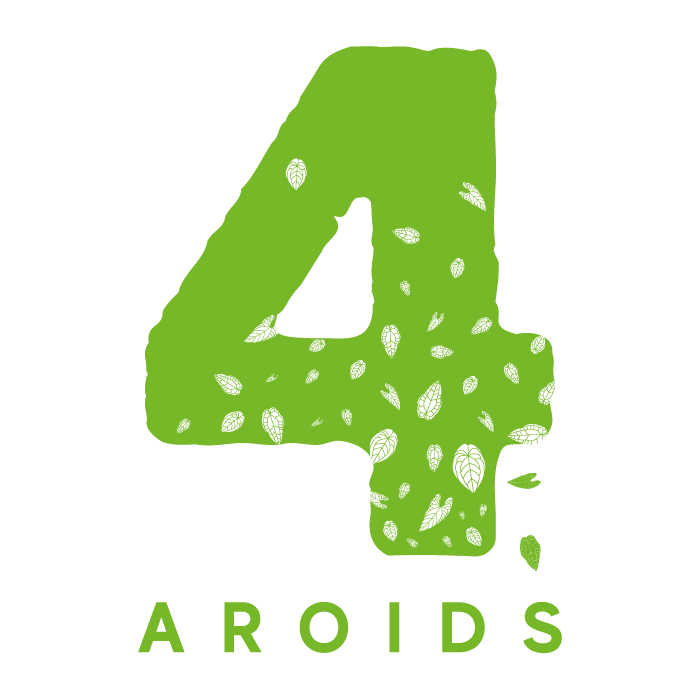4Aroids Encyclopedia
plant nutrients (macronutrients and micronutrients)
Here you will find an overview of the most important plant nutrients (macronutrients and micronutrients) and their function for anthuriums. From nitrogen (N), phosphorus (P) and potassium (K) to calcium (Ca), magnesium (Mg) and iron (Fe) to many others.
Macro and micronutrients are essential for plant growth, metabolism, stress resistance and productivity. A balanced nutrient ratio is crucial to avoid deficiencies and achieve optimal yields.
macronutrients (primary)
Main component of chlorophyll, proteins, amino acids and enzymes.
Promotes vegetative growth (leaves and shoots).
Component of nucleic acids (DNA, RNA).
Regulates energy balance and hormone production (e.g. cytokinin).
Essential for energy transfer (e.g. ATP) and metabolism.
Component of nucleic acids, phospholipids and coenzymes.
Promotes root formation, germination, flowering and fruit formation.
Supports enzyme activity through phosphorylation.
Regulates water balance and stomata (transpiration).
Promotes enzyme activity, photosynthesis and assimilate transport (e.g. sugar).
Improves resistance to drought, frost and disease.
Promotes cell wall stability and fruit quality.
macronutrients (secondary)
Stabilizes cell walls (middle lamellae) and cell membranes.
Promotes cell division, cell elongation and signal transmission.
Activates enzymes and regulates substance transport.
Involved in buffering the cellular environment.
Central component of chlorophyll, important for photosynthesis.
Supports ATP-dependent enzymes and energy transfer.
Promotes carbohydrate and protein synthesis as well as phosphate transport.
Regulates enzymatic processes in carbon metabolism.
Component of amino acids (e.g. methionine, cysteine), enzymes and vitamins.
Promotes the formation of aromatic substances and secondary metabolites (e.g. mustard oils).
Improves protein synthesis and chloroplast development.
Promotes resistance to disease and environmental stress.
micronutrients
Promotes cell wall formation, cell elongation and cell division.
Regulates carbohydrate transport and sugar distribution.
Supports flower and seed formation as well as pollen tube growth.
Influences hormones such as auxin.
Important for photosynthesis (oxidation of water in photosystem II).
Regulates ion neutrality, osmosis and turgor pressure.
Promotes disease resistance.
Involved in enzyme formation, photosynthesis and electron transport (plastocyanin).
Promotes lignin formation, cell wall stability and vitamin A synthesis.
Supports pigment formation in flowers.
Essential for chlorophyll formation and electron transport (cytochromes).
Activates enzymes of the respiratory chain and nitrogen metabolism.
Promotes reductase activity and nitrogen fixation in legumes.
Activates enzymes in carbohydrate and protein metabolism.
Supports water oxidation in photosystem II (photosynthesis).
Promotes hormone synthesis (auxin) and lipid formation.
Protects against oxidative stress by breaking down hydrogen peroxide.
Component of enzymes (nitrogenase, nitrate reductase) for nitrogen fixation.
Important for the breakdown of nitrate to ammonium.
Plays a role in sulfite metabolism and vitamin K formation.
Activates urease (urea degradation) and promotes nitrogen metabolism.
Supports iron absorption and seed germination.
Regulates carbohydrate metabolism.
Activates enzymes (e.g. carbonic anhydrase) and supports protein synthesis.
Promotes auxin synthesis and thus cell growth.
Increases tolerance to environmental stress (e.g. salt stress).
Supports the stability of cell membranes.
